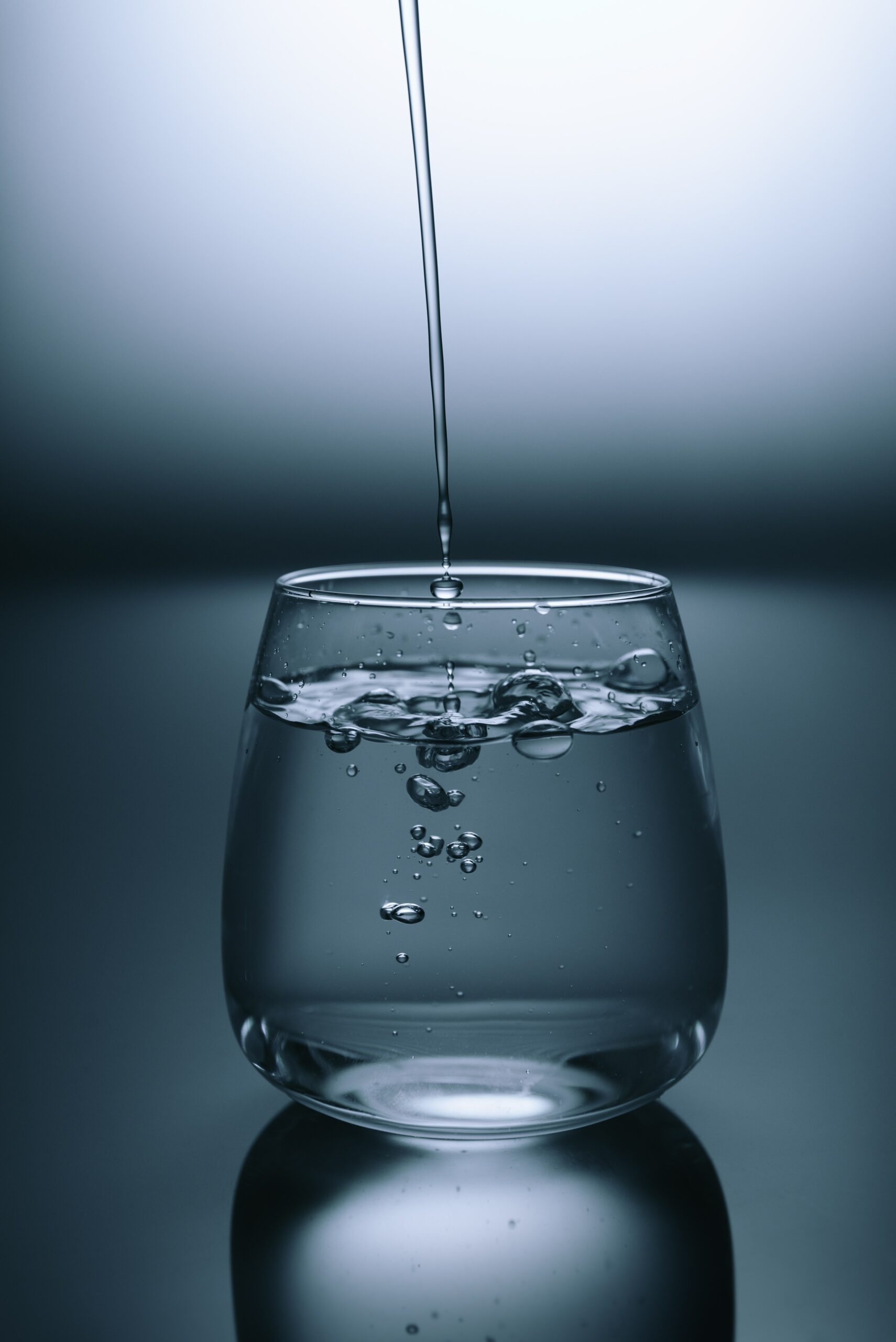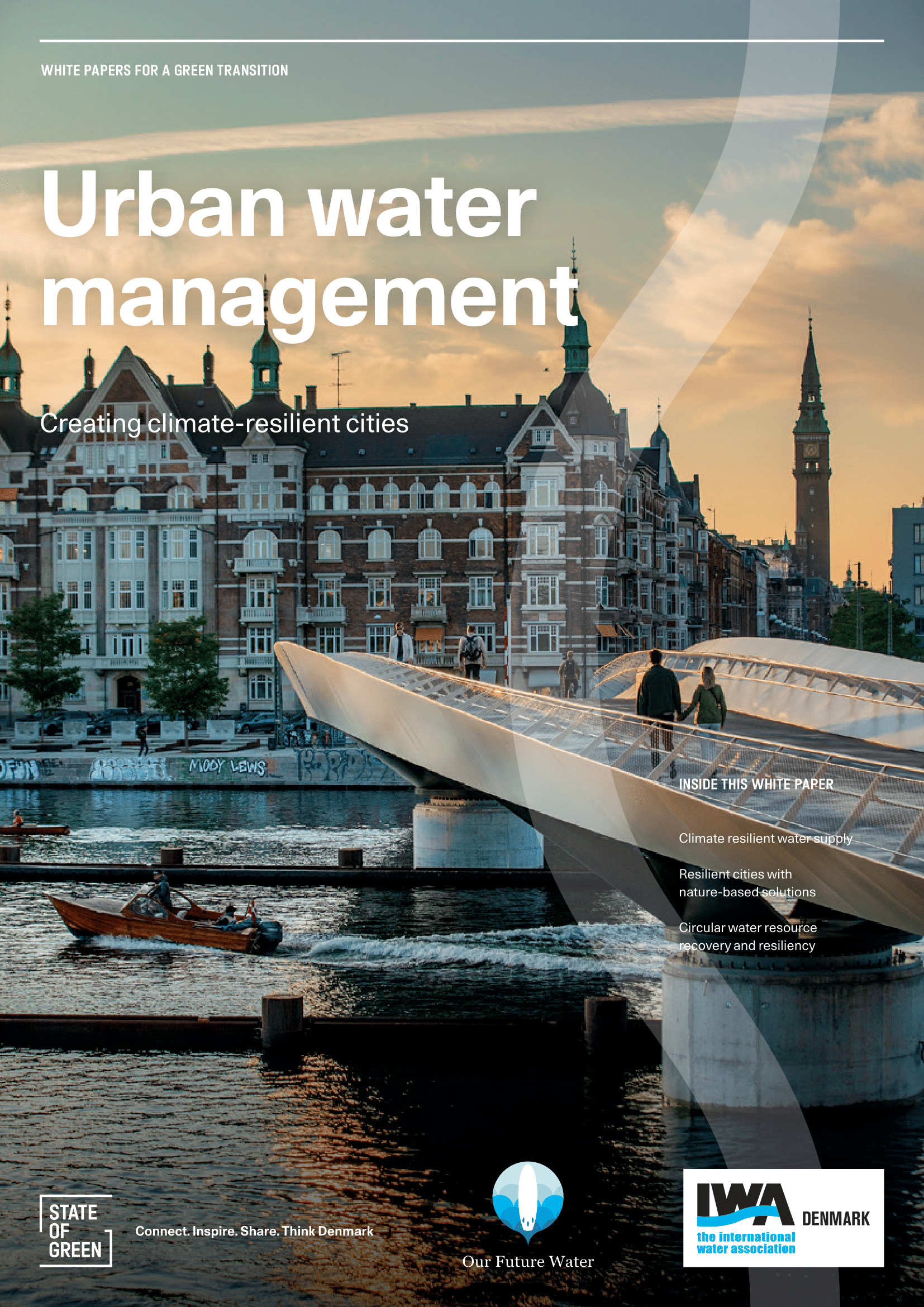Download our publication on urban water management today
This article is part of our publication ‘Urban water management’.
Download nowPerspective
Water supply
Urban water management
Water management
+1


Population growth and urbanisation is increasingly putting pressure on urban water supply. By 2025, half of the world’s population will be living in water-stressed areas according to estimates by the United Nations. Furthermore, the recent global health crisis due to COVID-19 underscores the importance of access to clean water to ensure a healthy population.
In order to overcome water stress in rural and urban areas all over the world, knowledge of quantity and quality of available water resources is important. Groundwater is available in many countries but is often not used or overexploited due to lack of knowledge or poor management. Drinking water supply in Denmark is based entirely on groundwater, which is a sustainable, high-quality source as it is less susceptible to short-term changes in rainfall patterns than surface water. This has led to the implementation of intensive groundwater mapping, monitoring, and protection programmes. Denmark is relatively densely populated with very intensive farming activities, causing a range of challenges in terms of groundwater contamination and eutrophication. An emerging challenge is finding a wide range of both known and new pesticides in groundwater. This confirms the need for both
a robust monitoring system and for developing competencies to handle pesticides, which is therefore areas of great focus. At the same time, long-term efforts with targeted information campaigns have created a strong awareness of the origin of Denmark’s drinking water. This strengthens national willingness to protect this precious water source.

This article is part of our publication ‘Urban water management’.
Download nowThe various protection measures in Denmark have resulted in high groundwater quality, which allows for production and distribution of drinking water without the need for disinfection. The groundwater is treated by aeration, followed by single or double rapid sand filtration, which includes an array of complex microbial processes that can remove contaminants such as pesticides. The water sector has an important role to play in reducing carbon
emissions globally. Biological rapid sand filters – which have been used, refined, and optimised in Denmark for decades – are now receiving increased international awareness also due to their low carbon footprint.To maintain a high-water quality all the way from well to tap, the system has to be well maintained and constructed of high-quality materials. To support this, a management support system such as ‘Water Safety Plans’ (DDS), which all major water utilities in Denmark are required to use, is useful.
An important means to meet the rising demand for drinking water in cities is to reduce urban water loss and Non-Revenue Water (NRW). Today, 25-50 of all distributed water worldwide is either lost or never invoiced. This poses both a threat to the environment – especially in areas with high water scarcity – and a threat to the financial viability of water utilities due to revenue losses and unnecessarily high operating costs. In Denmark, private-public cooperation has led to advanced non-revenue water technologies such as smart meters, valves, pumps, and pipes as well as tools and methods for planning, monitoring, and managing water loss. Together with an economic incentive for water utilities to reduce their water loss to less than 10 %, the country has achieved one of the world’s lowest levels of NRW with a consistent national average of just 6-8 %.
Pursuing increased efficiency through data, digitalisation and innovation Danish water utility companies operate with a high level of transparency, and information on both water prices and water quality is publicly accessible. This transparency has migrated into development of advanced drinking water databases with information on e.g., water quality, daily operational data, distribution systems etc. Data availability sparks efficiency improvements through increased digitalisation, machine learning and data-based decision making. Furthermore, fast, and efficient exchange of data clears the way for public-private-partnerships on innovation.
solutions
Climate change adaptation
+4
Perspective
Sector coupling
+9